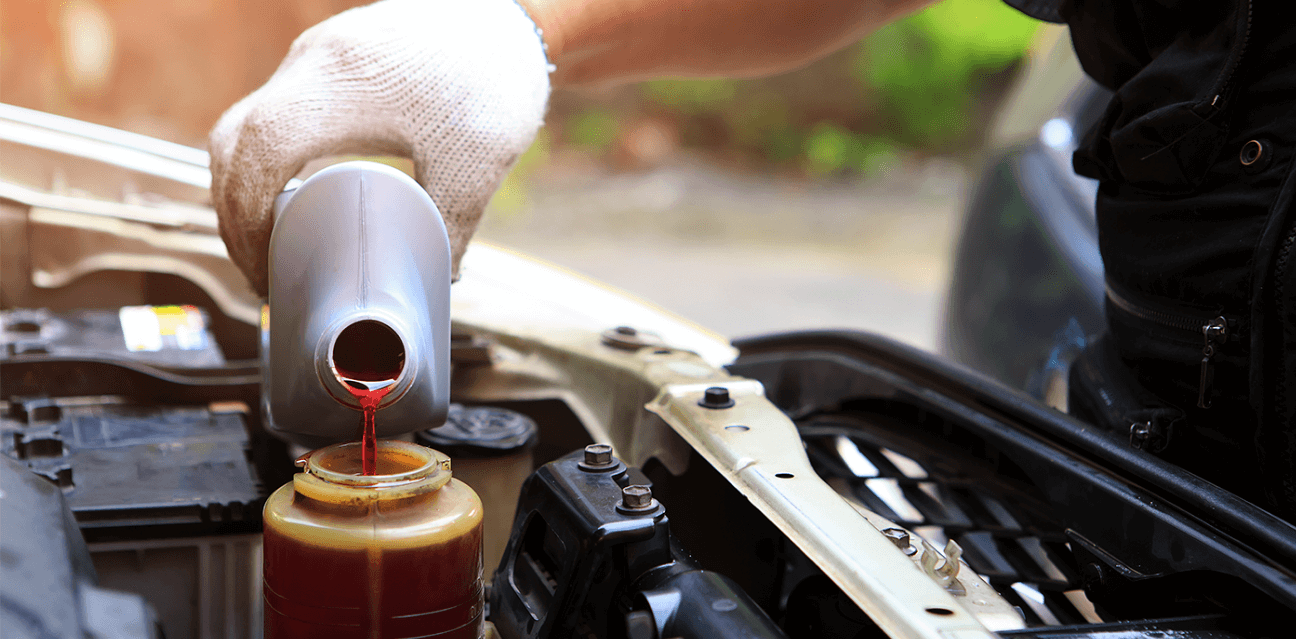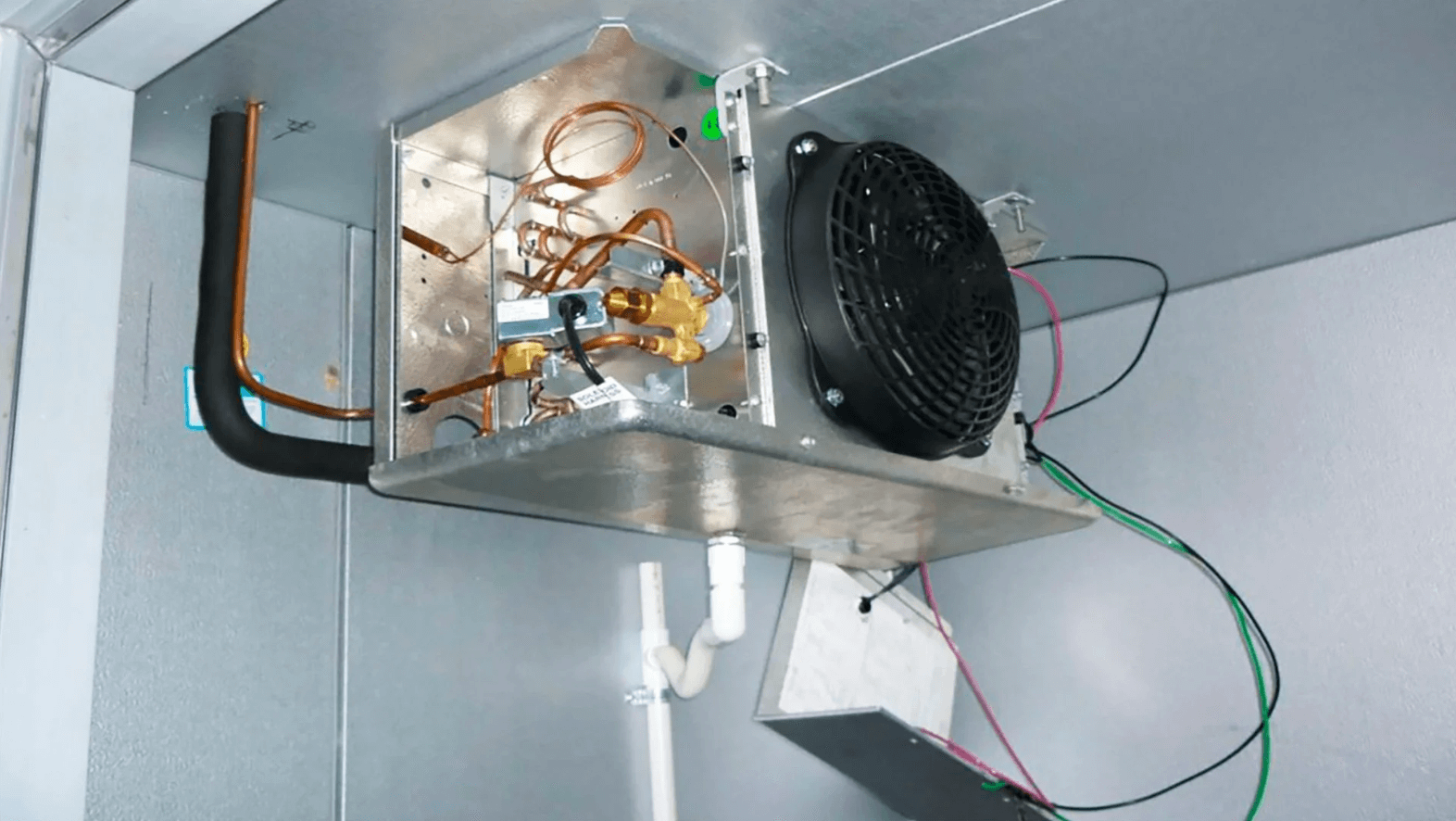In today’s fast-paced world, automobiles have become an integral part of our daily lives. Whether you’re commuting to work, running errands, or embarking on a road trip, a smoothly functioning power steering system is crucial for a safe and comfortable driving experience. This article explores the importance of power steering service, the signs indicating that your service power steering system needs attention, and how regular maintenance can keep you on the road with confidence.
Introduction
The power steering system in your vehicle plays a pivotal role in ensuring a smooth and safe driving experience. The unseen hero assists you in effortlessly navigating your vehicle, especially when making sharp turns or maneuvering through tight spaces. Neglecting the maintenance of this critical system can lead to not only discomfort but also safety hazards.
What Is Power Steering?
Power steering is a technology designed to assist the driver in steering the vehicle by amplifying the force applied to the steering wheel. In simpler terms, turning the wheel feels much lighter, allowing for easy control of the vehicle’s direction.
How Does Power Steering Work?
Power steering systems utilize hydraulic or electric assistance to provide ease of steering. Pushes hydraulic fluid to reduce the effort required to turn the wheels. Electric power steering systems, on the other hand, rely on an electric motor to achieve the same purpose.
Signs Your Power Steering Needs Service
- Strange Noises: If you hear squealing or groaning sounds when you turn the wheel, it’s a clear sign that your power steering system requires attention.
- Stiff Steering: Difficulty in turning the wheel, especially at low speeds or during parking, indicates a potential issue.
- Leaking Fluid: Puddles of power steering fluid beneath your vehicle are a red flag that there’s a leak in the system.
- Jerky or Unresponsive Steering: If your steering feels erratic or unresponsive, it’s time to get it checked.
- Dashboard Warning Light: Modern vehicles often have a power steering warning light that will illuminate if there’s a problem.
The Importance of Timely Power Steering Maintenance
Ignoring power steering issues can lead to more significant problems down the road. A well-maintained power steering system ensures:
- Enhanced safety by maintaining control over your vehicle.
- Improved fuel efficiency by reducing the effort required to steer.
- Prolonged lifespan of power steering components, saving you money in the long run.
DIY Power Steering Fluid Check
One simple way to ensure your power steering system is healthy is by checking the fluid level regularly. Refer to your vehicle’s owner’s manual for the correct procedure, or follow these general steps:
- Remove the cap and use a dipstick or markings on the reservoir to check the fluid level.
- If the level is low, add the appropriate power steering fluid recommended in your owner’s manual.
Common Power Steering Problems
Power steering issues can stem from various sources, including:
- Fluid Leaks: Cracked hoses or a damaged pump can result in fluid leaks.
- Worn Out Belts: Serpentine belts that drive the power steering pump can wear out.
- Air in the System: Air bubbles in the hydraulic fluid can disrupt the steering process.
Benefits of Professional Power Steering Service
While DIY checks can help, professional power steering service offers many advantages:
- Expertise: Trained technicians can diagnose and address complex issues.
- Specialized Equipment: Service centers have the necessary tools for accurate repairs.
- Preventive Maintenance: Professionals can catch problems before they escalate, saving you money in the long run.
Cost of Power Steering Service
The cost of power steering service varies depending on the issue, the vehicle make and model, and your location. Basic power steering fluid flushes can cost between $100 and $150, while more extensive repairs can exceed $500.
How Often Should You Service Your Power Steering?
To ensure a reliable power steering system, follow your vehicle’s recommended maintenance schedule every 30,000 to 50,000 miles. However, it’s wise to have a professional inspect it if you notice any of the signs above of trouble. Read more…
Conclusion
Your power system steering is a crucial component of your vehicle, and its proper functioning is essential for both your safety and comfort. Regular maintenance and prompt servicing can prevent minor issues from becoming major headaches. So, remember to keep an eye (and ear) out for any signs that your power steering system needs attention, and don’t hesitate to seek professional help when needed.
FAQs
1. Is it safe to drive with a malfunctioning power steering system?
It’s not advisable. A malfunctioning power steering system can make it difficult to control your vehicle, especially in emergencies.
2. Can I use any power steering fluid for top-ups?
No, always use the type of power steering fluid recommended in your vehicle’s owner’s manual.
3. How long does power steering service typically take?
The duration of service depends on the specific issue but can range from a few hours for basic maintenance to a day or more for complex repairs.
4. Can I continue to drive my car if the power steering warning light is on?
You should avoid driving with the warning light on, as it indicates a problem that needs immediate attention.
5. What happens if I ignore power steering problems?
Ignoring power steering problems can lead to more significant issues, costly repairs, and compromised safety. It’s best to address any concerns promptly.











